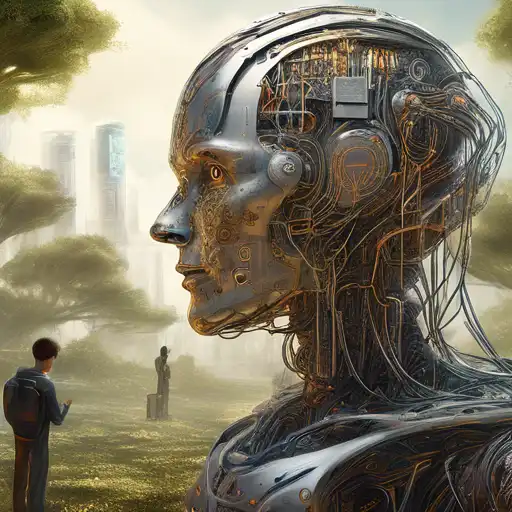Introduction to Natural Language Processing
Natural Language Processing (NLP) stands at the intersection of computer science, artificial intelligence, and linguistics. It enables machines to understand, interpret, and generate human language in a way that is both meaningful and useful. From virtual assistants to translation services, NLP is revolutionizing how we interact with technology.
How Machines Process Human Language
At its core, NLP involves several key steps: tokenization, parsing, semantic understanding, and generation. Tokenization breaks down text into manageable pieces, such as words or phrases. Parsing analyzes the grammatical structure of sentences. Semantic understanding interprets the meaning behind words, and generation involves creating human-like responses.
Tokenization and Parsing
Tokenization is the first step in NLP, where text is divided into tokens or individual elements. Parsing then examines the grammatical structure, identifying parts of speech and how words relate to each other. This process is crucial for understanding the intent behind user queries.
Semantic Understanding and Generation
Semantic understanding goes beyond syntax to grasp the meaning of words in context. This involves sentiment analysis, entity recognition, and more. Generation is the final step, where machines formulate responses that mimic human language.
Applications of NLP
NLP powers a wide range of applications, including but not limited to:
- Virtual assistants like Siri and Alexa
- Email filtering and spam detection
- Language translation services
- Content recommendation systems
These applications demonstrate the versatility and power of NLP in enhancing user experiences across digital platforms.
Challenges in Natural Language Processing
Despite its advancements, NLP faces several challenges. Ambiguity in language, cultural nuances, and the ever-evolving nature of human speech make it difficult for machines to achieve perfect understanding. However, ongoing research in machine learning and artificial intelligence continues to push the boundaries of what's possible.
The Future of NLP
The future of NLP is bright, with developments in deep learning and neural networks offering new ways to improve language models. As machines become better at understanding human language, we can expect more intuitive and seamless interactions between humans and technology.
In conclusion, Natural Language Processing is a fascinating field that bridges the gap between human communication and machine understanding. Its applications are vast and its potential, limitless. As technology advances, so too will the capabilities of NLP, opening up new possibilities for innovation and connection.
